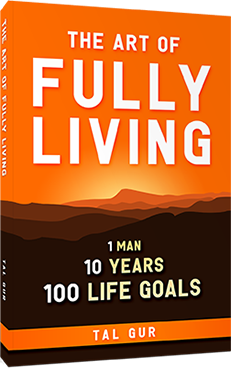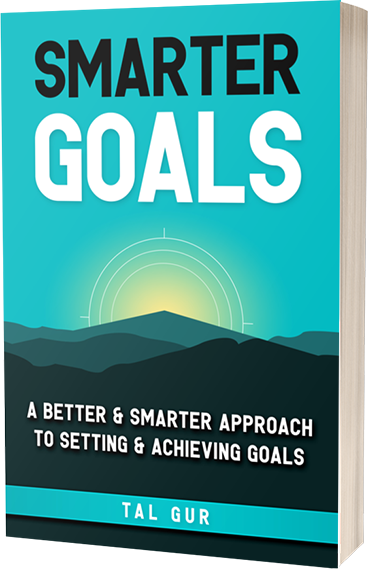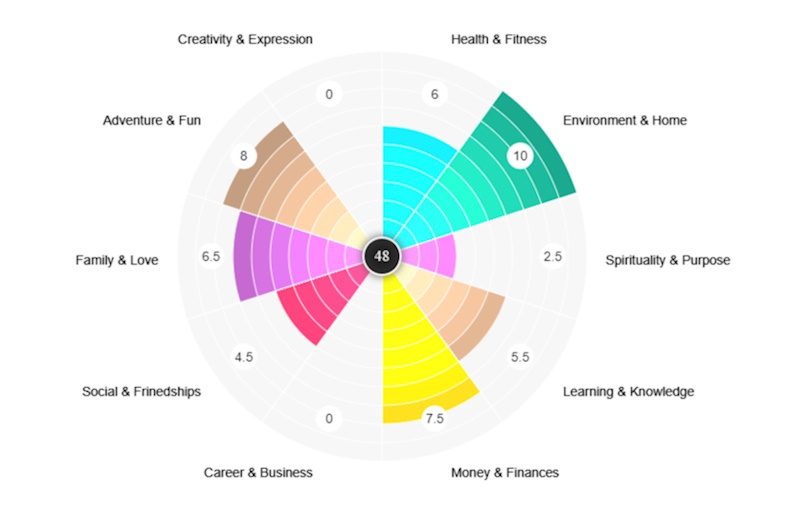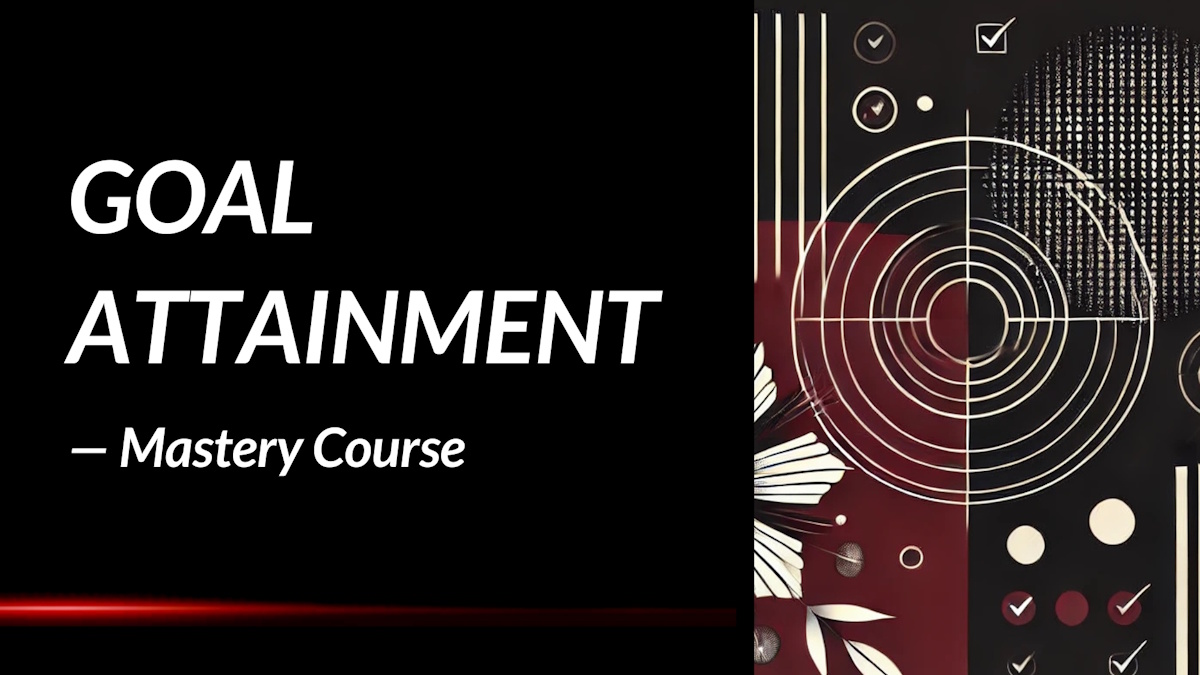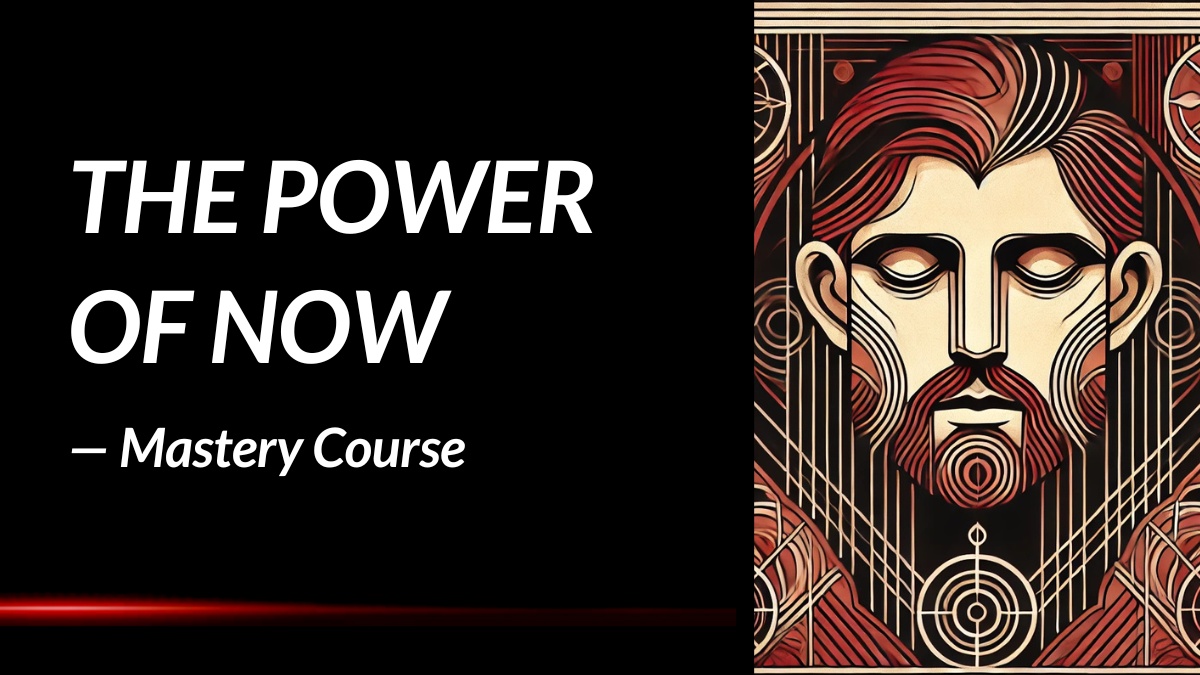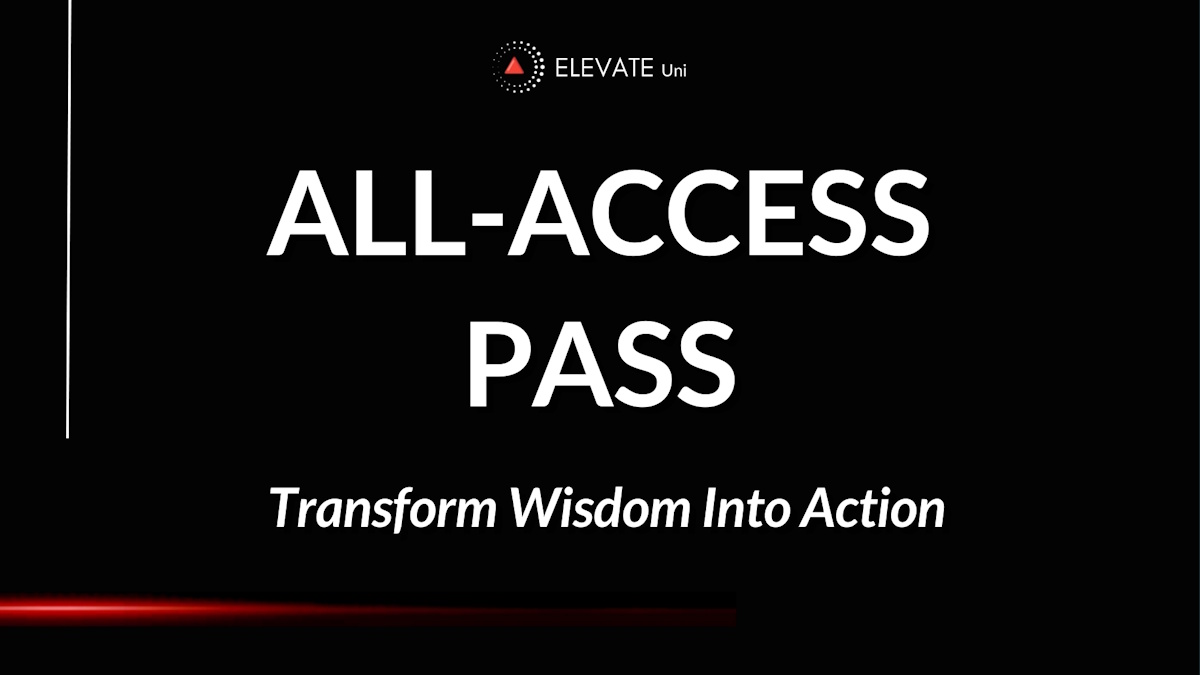Magic Words: Summary Review
What if the secret to influencing others lies not in what you say, but in how you say it? In Magic Words, Jonah Berger—a Wharton professor and bestselling author—unveils the science behind language and how specific words can dramatically enhance your ability to persuade, connect, and lead.
What is the Book About?
Magic Words delves into the transformative power of language, revealing how subtle shifts in word choice can significantly impact our interactions. Berger identifies six categories of "magic words" that, when used strategically, can influence outcomes in various aspects of life—from business negotiations to personal relationships. Through engaging narratives and empirical research, he demonstrates how these words can activate identity, convey confidence, and foster deeper connections.
The book isn't just theoretical; it's a practical guide for anyone looking to enhance their communication skills. Whether you're a salesperson aiming to close a deal, a leader striving to motivate your team, or simply someone seeking to improve everyday conversations, *Magic Words* offers actionable insights to help you achieve your goals more effectively.
Book Details
Print length: 256 pages
Language: English
Publication date: March 7, 2023
Genre: Business & Communication
Book Author
Core Theme
At its core, Magic Words explores the profound impact that language has on our ability to influence and connect with others. Berger introduces the SPEACC framework—an acronym for Similarity, Confidence, Emotion, Agency, Concreteness, and Questions—to categorize the types of words that can enhance communication effectiveness. By understanding and applying these categories, readers can learn to craft messages that resonate more deeply and persuasively.
The book emphasizes that effective communication isn't just about conveying information; it's about choosing words that align with the listener's identity and values. For instance, using nouns instead of verbs (e.g., "be a helper" vs. "help") can encourage people to see actions as part of their identity, thereby increasing the likelihood of compliance. Berger's insights are grounded in scientific research, making *Magic Words* both informative and practical.
Main Lessons
A few impactful summary lessons from Magic Words:
1. Turn actions into meaningful identities
The simple shift from describing a behavior to labeling it as an identity dramatically boosts persuasion and follow-through. When someone is asked to "be a helper" instead of simply "help," the request taps into their desire to see themselves as good, capable, or moral. Framing behaviors as extensions of personal identity makes people more likely to engage in those behaviors and persist with them. Whether you're encouraging action, discouraging bad behavior, or inspiring personal growth, transforming actions into identity-based labels enhances motivation and commitment, making the action feel like a natural expression of who someone is rather than a one-time deed.
2. Use language that reinforces personal agency
The words “can’t” and “don’t” may seem interchangeable, but they reflect vastly different sources of control. Saying “I can’t eat sweets” suggests an external force is dictating your actions, while “I don’t eat sweets” implies personal discipline and ownership. This small change shifts the power dynamic, boosting self-control and reinforcing internal motivation. By using language that affirms your autonomy and values, you become more empowered to make consistent choices, especially when navigating temptation or asserting boundaries.
3. Replace moral rigidity with creative flexibility
In complex or morally gray situations, asking “What should I do?” can trap us into binary thinking, framing choices in limited, often unsatisfying ways. Shifting to “What could I do?” opens up a landscape of possibilities, encouraging broader thinking and creative exploration. This reframing removes the burden of moral correctness and instead emphasizes exploration and innovation. Whether applied to ethical dilemmas or strategic decision-making, this simple word shift fosters deeper insight and more effective problem-solving.
4. Rethink how you speak to yourself
Talking to yourself in the third person—using your own name or “you” instead of “I”—can create emotional distance and improve performance in stressful situations. It reduces anxiety, boosts confidence, and increases clarity by enabling a more objective, external viewpoint. This linguistic detachment fosters self-coaching and resilience, turning internal dialogue into a powerful tool for navigating high-stakes moments like presentations, interviews, or personal setbacks.
5. Choose your pronouns with precision
Pronouns play an outsized role in shaping how messages are received. While “you” can personalize content on social media, it may feel accusatory in customer support or conflict settings. Subtle adjustments, like saying “Has the dog been fed?” instead of “Did you feed the dog?” can remove blame and foster collaboration. Similarly, using “I” to state opinions softens statements and reduces defensiveness, making interactions more empathetic and constructive. Thoughtful pronoun use helps maintain connection, especially in emotionally charged conversations.
6. Speak with confident conviction, not hedged caution
Confidence is contagious. Language that includes definitive words like “clearly,” “absolutely,” and “definitely” signals authority and certainty, making speakers more persuasive and influential. Conversely, hedges like “maybe,” “I think,” or “it could be” dilute the strength of your message and convey uncertainty. While there’s a place for humility, most impactful communication comes from delivering ideas with assurance. Speaking decisively enhances credibility, especially in leadership, sales, and negotiation.
7. Eliminate filler words and speak with purpose
Verbal tics—“uh,” “um,” “you know”—may be natural, but overusing them weakens your presence and authority. These pauses signal hesitation and uncertainty, which erode trust and attention. Clear, uninterrupted speech strengthens your message and positions you as someone worth listening to. Being mindful of verbal clutter ensures your ideas land with more power and precision, whether you're speaking in a boardroom or on a first date.
8. Present your ideas in the present tense
When you describe something as “great” instead of “was great,” you project confidence and timelessness. Present-tense language implies that an idea, recommendation, or evaluation remains true now—not just in the past. This subtle shift makes your message more persuasive and positions your point of view as enduring and relevant. Speaking in the present imbues your message with energy and immediacy, increasing its impact and memorability.
9. Ask more questions and build deeper conversations
Questions don’t just gather information—they shape how others perceive us. Asking someone for advice, for instance, flatters them and raises our perceived competence. Moreover, follow-up questions show genuine interest, making conversations more engaging and boosting likeability. To connect meaningfully, start with simple questions and gradually move to deeper ones. Thoughtful questioning builds trust, invites disclosure, and fosters stronger relationships—especially in first meetings or team dynamics.
10. Deflect tough questions with curiosity
When faced with a tricky or invasive question, you don’t have to lie or deflect outright. Instead, respond with a question of your own—one that maintains engagement without revealing too much. For example, when asked for your salary expectations, you might ask, “What’s the budget range for this role?” This strategy allows you to guide the conversation while avoiding awkward disclosures, projecting both confidence and tact.
11. Avoid assumptions in your questions
The way a question is phrased can determine whether people disclose the truth or hide it. Questions that assume everything is fine—like “There aren’t any problems, are there?”—often prevent people from opening up. Instead, asking, “What problems have you encountered?” invites honesty and transparency. Shifting from assumption-laden phrasing to open-ended, curiosity-driven language increases trust and uncovers valuable information.
12. Build connection by pacing your questions
Effective connection requires progression. Starting a conversation with deeply personal questions can feel intrusive, but beginning with light, safe topics and gradually deepening the dialogue allows for natural rapport-building. As people feel safer, they become more willing to disclose meaningful thoughts and stories. This gradual build creates stronger emotional bonds, essential for friendships, team trust, or even sales relationships.
13. Use concrete language to show you're listening
When people hear specific, detailed words—like “your lime green Nikes” instead of “those shoes”—they feel more understood and valued. Concrete language affirms that the speaker is attentive and responsive. It moves beyond generic support into personalized communication that strengthens satisfaction and trust. Whether in customer service or daily conversations, specificity transforms vague acknowledgment into meaningful validation.
14. Translate abstract ideas into tangible images
Experts often forget how confusing jargon can be. Concepts like “ideation” or “synergy” might sound impressive, but they’re often too abstract to resonate. Reframing ideas into vivid, concrete terms helps your audience grasp and remember your message. Think “red sports car” instead of “personal transportation solution.” The more people can visualize what you're saying, the more likely they are to stay engaged and take action.
15. Know when to speak abstractly to inspire vision
While concrete language works well for clarity, abstract language excels in pitching future potential and visionary thinking. If you're selling a transformative idea—like “reinventing urban transportation”—abstract language positions you as forward-thinking and bold. It elevates the conversation from tactical to strategic, inspiring broader imagination. Choose your level of abstraction based on your communication goal: clarity or vision.
16. Craft emotional arcs that keep people engaged
The most memorable stories aren't smooth rides—they're roller coasters. Narratives filled with ups and downs captivate us, especially when we don't know what’s coming next. Emotional volatility—unexpected dips and turns—grabs attention and heightens involvement. Sharing struggles and setbacks not only humanizes the storyteller but makes triumphs feel earned. Emotionally rich storytelling is the heartbeat of persuasive and enduring communication.
17. Use emotional words based on the situation
Emotional language enhances persuasion, but only when used in the right context. In entertainment or lifestyle products, emotion sells—words like “beautiful,” “amazing,” or “heartwarming” make experiences feel more vivid. But in technical or utilitarian domains, emotional words can backfire. For instance, describing a software tool as “exhilarating” might seem off-putting. Match your language to the expectations of the audience and the nature of the product or message.
18. Trigger uncertainty to maintain interest
Uncertain emotions—like anxiety or curiosity—are potent drivers of engagement. When people feel uncertain, they’re more likely to keep reading, listening, or watching in hopes of resolution. This is why cliffhangers work and why ambiguous headlines attract clicks. Incorporating surprise or suspense into communication makes content more compelling and keeps attention focused, even on seemingly mundane topics.
19. Mirror language to build connection and credibility
Using similar language to your audience—whether that’s teammates, customers, or readers—creates a sense of unity and alignment. Mirroring terminology signals shared understanding and increases trust. In organizational settings, this linguistic similarity can even predict promotions and long-term engagement. Paying attention to group norms and subtly matching them shows that you're tuned in and part of the tribe.
20. Differentiate when creativity or memorability matters
While fitting in often builds trust, standing out is essential in domains that reward novelty. In creative industries or marketing, being different makes you more memorable. Think of how Hamilton broke musical theater norms and became a phenomenon. Strategic differentiation draws attention and signals innovation. The key is to balance familiarity with surprise—enough to intrigue without alienating.
21. Vary your narrative pacing for maximum effect
Effective communication isn't just about what you say, but how your ideas unfold. Start slow to establish context and connection, then increase momentum to build excitement. Whether you're telling a story, delivering a pitch, or writing content, pacing determines emotional engagement. Fast plot changes can thrill, while slow builds foster trust. The right rhythm keeps audiences hooked from beginning to end.
22. Words reveal hidden biases and beliefs
Beyond persuasion, language unveils societal patterns and individual mindsets. The words we use to describe men versus women, for example, reflect deeper disparities in perceived competence and value. Across media, education, and workplace evaluations, language subtly shapes opportunity and perception. Becoming more mindful of the descriptive words we choose can reduce unconscious bias and promote greater equity, making language not just a tool of influence but of social progress.
Key Takeaways
Key summary takeaways from the book:
- Using identity-based language (e.g., "be a voter" vs. "vote") can increase engagement and action.
- Expressing confidence through language can enhance credibility and persuasiveness.
- Asking the right types of questions can foster deeper connections and elicit more information.
- Employing concrete language helps clarify messages and makes them more memorable.
- Leveraging emotional words can capture attention and drive behavioral responses.
Book Strengths
Magic Words stands out for its blend of rigorous research and accessible storytelling. Berger's ability to distill complex psychological concepts into practical advice makes the book a valuable resource for a broad audience. Readers appreciate the actionable insights and real-world examples that illustrate how subtle changes in language can lead to significant outcomes.
Who This Book Is For
This book is ideal for professionals in sales, marketing, leadership, or any field where effective communication is crucial. It's also beneficial for individuals seeking to improve personal relationships or enhance their persuasive abilities. Whether you're crafting a marketing campaign or navigating a difficult conversation, *Magic Words* offers tools to communicate more effectively.
Why Should You Read This Book?
If you've ever struggled to get your message across or felt that your words lacked impact, Magic Words provides a roadmap to more persuasive and meaningful communication. Berger's insights can help you understand the subtle nuances of language that influence perception and behavior. By applying these principles, you can become a more effective communicator in both professional and personal contexts.
Concluding Thoughts.
In a world where communication is key to success, Magic Words offers a compelling exploration of how specific word choices can influence outcomes. Berger's research-backed strategies empower readers to harness the power of language to persuade, motivate, and connect with others more effectively.
Whether you're looking to enhance your leadership skills, improve your sales techniques, or simply communicate more effectively, *Magic Words* provides valuable insights that can transform the way you interact with the world.
→ Get the book on Amazon or discover more via the author's website or social channels.
* The publisher and editor of this summary review made every effort to maintain information accuracy, including any published quotes, lessons, takeaways, or summary notes.
Chief Editor
 Tal Gur is an author, founder, and impact-driven entrepreneur at heart. After trading his daily grind for a life of his own daring design, he spent a decade pursuing 100 major life goals around the globe. His journey and most recent book, The Art of Fully Living, has led him to found Elevate Society.
Tal Gur is an author, founder, and impact-driven entrepreneur at heart. After trading his daily grind for a life of his own daring design, he spent a decade pursuing 100 major life goals around the globe. His journey and most recent book, The Art of Fully Living, has led him to found Elevate Society.








